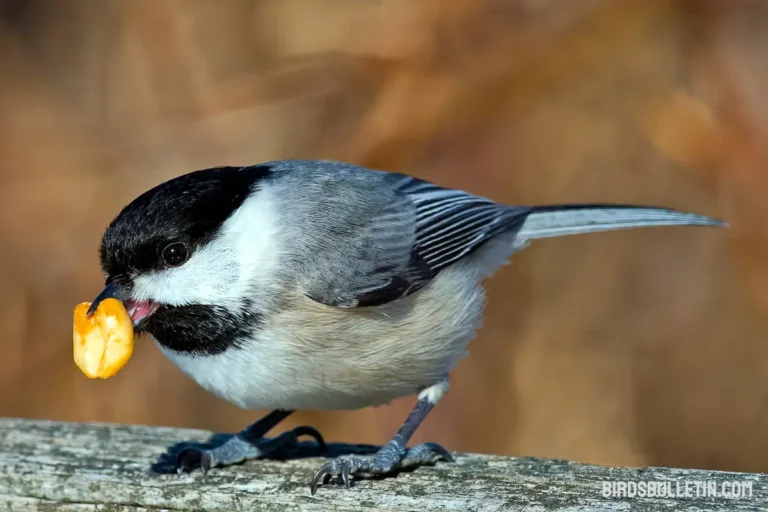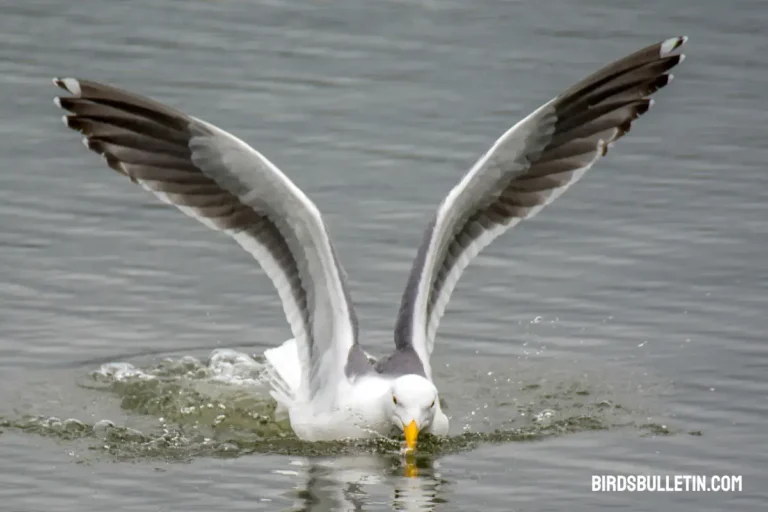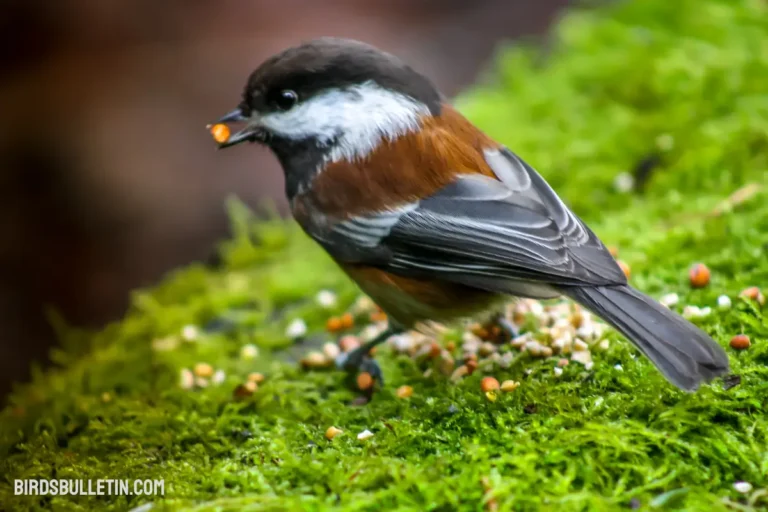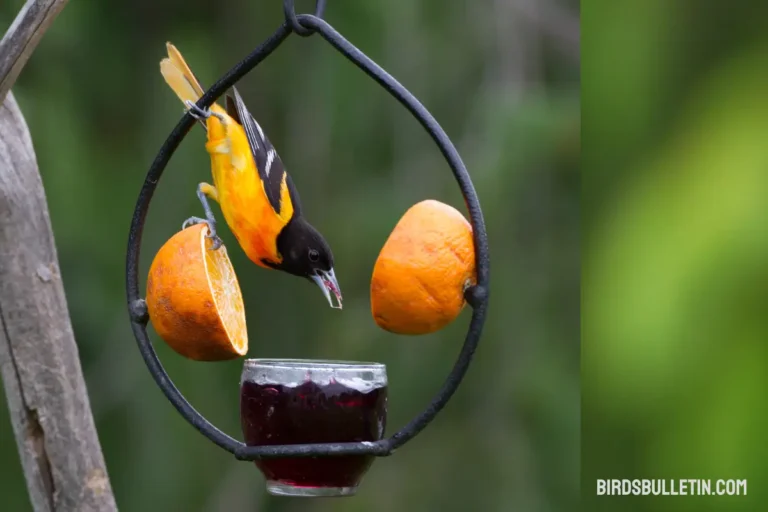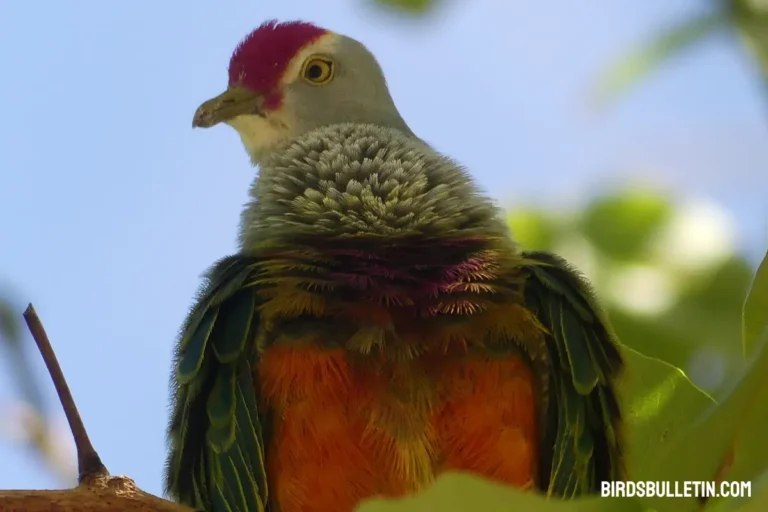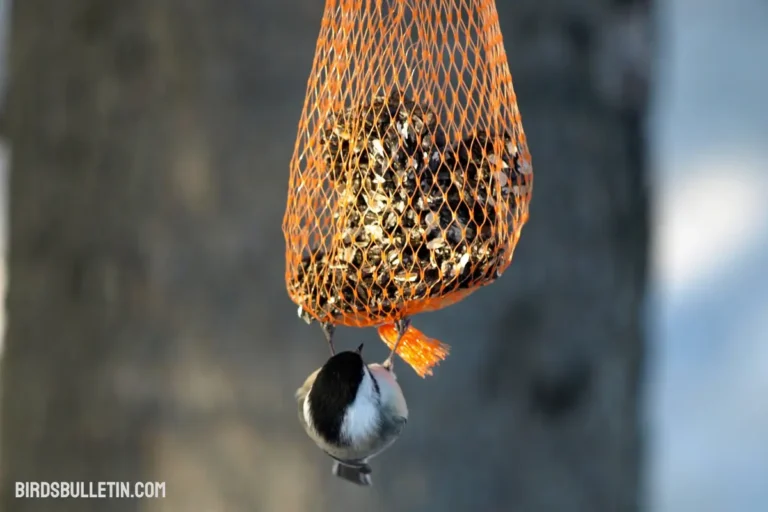What Do Peregrine Falcons Eat?
With its legendary hunting skills allowing 200+ mile-per-hour stoops, the peregrine falcon seems an unlikely species to have nearly disappeared from much of its global range.
Yet poisonous pesticides caused severe declines in these fierce raptors by the 1960s, threatening extinction. Thanks to protections and reintroduction programs, peregrine populations have rebounded significantly across North America.
But sustaining these recovered raptor numbers at healthy levels requires abundant prey availability. From birds and bats to insects and rodents, peregrine falcons are true avian apex predators.
Looking for more articles about birds’ food and diet
Favorite Peregrine Falcon Foods
The peregrine is sometimes called the “flying assassin” for good reason. Possessing the fastest dive speeds of all animals, it surprises prey in mid-flight with deadly strikes.

Preferred foods include birds like pigeons, shorebirds, and songbirds as well as bats. But peregrines also readily hunt mammals from rats to hares when available.
Some favorite peregrine falcon prey include:
| Food Item | Details |
|---|---|
| Doves/pigeons | Especially migrating band-tailed pigeons in the Pacific Northwest. Often pluck then eat in flight. |
| Shorebirds | Snipes, sandpipers, and plovers are taken near wetlands and beaches. |
| Passerines | Sparrows, blackbirds, jays, buntings. Hunted most during migrations. |
| Bats | Both insect- and fruit-eating bats were captured emerging from roosts. |
| Waterfowl | Adults rarely attack healthy adults but take injured/young ducks and goslings. |
| Insects | Mainly large species like dragonflies are taken by juveniles learning to hunt. |
How Often Peregrine Falcons Eat?
Peregrines typically eat prey equaling 10-15% of body weight daily. In lean times, that may drop to as little as 5-8% consumption rate.
After gorging on a large prey item, they digest slowly, then fast for a day or two before needing to feed again. Nesting females especially need frequent meals.
What Time of Day Peregrine Falcons Feed?
Early morning hours and evenings around dusk tend to offer the best hunting opportunities. But peregrines hunt opportunistically whenever hunger strikes from dawn to dark.
Migratory songbirds traveling at night rest and feed during daytime, making prime targets.
How Peregrine Falcons Gather Food?
Renowned for speed, peregrines almost always catch prey mid-flight in dramatic stoops reaching over 200mph:
- High soaring to scan below for potential prey such as shorebirds or pigeons.
- Enter steep stoop, tucking in wings making streamlined bullet shape to accelerate with gravity’s pull.
- Strike prey with clenched talons, killing instantly on impact or biting the spinal cord of larger mammals.
- If needed, further pluck feathers or fur to handle prey while carrying in talons to nest or eating post.
In urban areas, fledglings learn to hunt pigeons and starlings from rooftop perches.
What Peregrine Falcons Eat in Winter?
Some peregrines winter in breeding territories while many migrate south into Central and South America. On wintering coastal grounds, they prey more on abundant waterfowl like ducks.
Rural migrants focus more on rodents like prairie dogs or rabbits. All rely increasingly on mammals when fewer birds are migrating.
What Do Baby Peregrine Falcons eat?
For the first two weeks, the female tears prey items into bite-sized bits to feed fast-growing altricial chicks in the nest. By three weeks old, parents simply drop intact food into scrapes for competing fuzzy chicks to tear apart themselves.
Growing fledglings first practice hunting skills by chasing dragonflies building aerial prowess.
Frequently Asked Questions
01. How often do peregrines need to replace hunting feathers?
Annually shedding old feathers helps keep their finely-tuned hunting instruments in top shape. They lose and replace each feather sequentially over several months.
02. What peregrine prey are the most dangerous to hunt?
Clever crows mob together in flocks, aggressively diving at the attacker. And gulls vomit disgusting pungent oils when threatened.
03. How do peregrines impact prey species conservation?
Heavy predation on rare shorebirds is concerning in some cases. But they help control overpopulated urban pigeons and starlings.
04. Why were peregrines nearly wiped out?
Bioaccumulation of the pesticide DDT caused their eggshells to thin and break during incubation, severely limiting reproduction through the 1950s and 1960s.
Verdict
The lightning-fast peregrine falcon rightfully commands respect as one of the world’s most magnificent avian hunters. After worrying declines in the 20th century from pesticide impacts disrupted breeding, populations have rebounded significantly across North America.
Abundant migratory songbirds and shorebirds help sustain healthy falcon numbers. With sightings becoming more common in urban areas too, the unique peregrine continues inspiring awe in skies near you!
References
- Chantler, P. (1999). Family Falconidae (Falcons and Caracaras). In Handbook of the Birds of the World, Vol 4. (J. del Hoyo et al., eds.), pp. 234-275. Lynx Editions, Barcelona.
- Dekker, D. (2003). Peregrine Falcon predation on ducks in Alberta and British Columbia. Journal of Raptor Research, 37(1), 11-18.
- Dekker, D., & Corrigan, R. (2006). Peregrines in heavily urbanized areas: Current concepts of ecology and conservation. In Peregrine falcons in the modern world (pp. 1-11). Hancock House Pub Limited.


